Madagascar Investment Proposal

The Proposal
The Hand-in-Hand Initiative is working alongside the Government of Madagascar to implement their National Investment Plan for Agriculture, Livestock and Fisheries, aiming to achieve competitive and sustainable agricultural production, integrating family farms and modernized processing units to ensure food security and conquer export markets.
Furthermore, this initiative fits perfectly with the Madagascar Emergence Program, which aims to integrate agricultural practices, and implements the initiatives outlined in the Food and Agriculture Pact (2022-2028). In addition, it supports the implementation of the national roadmap to transform Madagascar's food systems.
With a significant agricultural sector representing more than 20% of GDP, working with the Hand-in-Hand Initiative to attract investors, including the private sector, Madagascar is focused on developing three Investment areas. Along with national investments, the National Government is aiming to meet the local demand and increase exports for rice, corn, and red meat of cattle and small ruminants.
Furthermore, this initiative fits perfectly with the Madagascar Emergence Program, which aims to integrate agricultural practices, and implements the initiatives outlined in the Food and Agriculture Pact (2022-2028). In addition, it supports the implementation of the national roadmap to transform Madagascar's food systems.
With a significant agricultural sector representing more than 20% of GDP, working with the Hand-in-Hand Initiative to attract investors, including the private sector, Madagascar is focused on developing three Investment areas. Along with national investments, the National Government is aiming to meet the local demand and increase exports for rice, corn, and red meat of cattle and small ruminants.
.jpg?sfvrsn=37336a25_1)
.jpg?sfvrsn=35ad005a_1)
.jpg?sfvrsn=4bb201af_1)
Total Investment | 48.4 Million USD |
IRR Value | 22.1% |
NPV Value | 11.1 Million USD |
Direct Beneficiaries | 9,500 |
Indirect Beneficiaries | 49,500 |
Total Beneficiaries | 59,000 |
Per capita income increase | 829 USD/year |
ExACT TOOL | 000 |
Total Investment | 27.75 Million USD |
IRR Value | 18.7% |
NPV Value | 4.47 Million USD |
Direct Beneficiaries | 5,100 |
Indirect Beneficiaries | 26,500 |
Total Beneficiaries | 31,600 |
Per capita income increase | 251 USD/year |
ExACT TOOL | 000 |
Total Investment | 28.2Million USD |
IRR Value | 20.9% |
NPV Value | 6.3 Million USD |
Direct Beneficiaries | 1,500 |
Indirect Beneficiaries | 8,000 |
Total Beneficiaries | 9,500 |
Per capita income increase | 1.250 USD/year |
ExACT TOOL | 000 |
Madagascar Typologies
Poverty
Potential
Efficiency
Click on individual maps to get detailed view on FAO GIS platform
Agro-informatics connects information technology with the management, analysis and application of agricultural data to design more accurate and targeted agricultural interventions. The use of new technologies and techniques in agriculture, such as satellite imagery, remote sensing, and geographic information systems, enable the transformation of data into actionable information.
Government of Madagascar: Investment cases in Madagascar
Madagascar Investment Cases and Interventions
| Hybrid Rice48.4 Million USD59,000 Beneficiaries |
Rice is a staple food in the country’s diet, with an annual consumption of 110 kg per inhabitant, making it the 10th largest consumer in the world. In addition, rice makes up 70% of the country’s total agricultural production, being grown on 1.3 million of hectares. With a local demand of more than 3.36 million tons and importing 424.000 T ($198 million), the country is seeking to supply national demand and special rice to the EU and USA markets.
HiH investments in the country are aimed at modernization of the paddy collection, instalment of storage and milling units, facilitate access to finance to producers, digitalize the supply chain, and promote export of organic rice with satellite producers. The target is to produce 48 thousand tons of paddy and export 3,000 tons of special rice.
Investments in five target regions will require USD48.4 million, with an IRR of 22%, benefiting 9,500 producers.
| Maize27.75 Million USD31,600 Beneficiaries |
Corn (Maize)
Being the second most important cereal crop in Madagascar, more than 250 thousand tons of corn are produced yearly, for both human and livestock consumption. The national demand cannot be met by local production due to low levels of mechanization, high price inputs, and barriers to producers, creating a deficit of around 100 thousand tons of corn every year.HiH investments are aiming at supplying national demand as well as exporting to neighboring islands. Activities are focused on production, drying and storage equipment, reforestation and large-scale agriculture, construction of supplementary irrigation system, soil restoration with agro-ecological techniques, and modernization of corn grain collection and storage units, among others. Target is to increase the production to 46 thousand metric tons.
Investments in five target regions will require USD 27.7 million, with an IRR of 18.7, benefiting 5,100 producers.
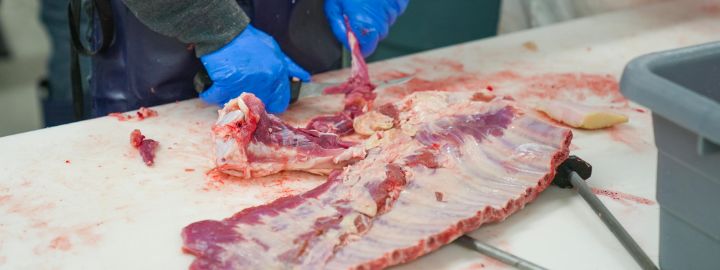 | Red Meat28.2 Million USD9,500 Beneficiaries
|
In Madagascar there are currently 9 million heads of cattle and 2.3 million heads of small ruminants. This sector has high potential for export, nevertheless it still faces important issues such as conflict and theft of livestock, limited access to veterinary services and inbreeding, and low standards of slaughterhouses.
In consequence, HiH is supporting the development program of the red meat production supporting satellite production for fattening cattle and small ruminants, especially by women, ranching for cattle fattening, use of quality fodder, and development of modern slaughterhouses for collection and processing. Also, private and public investments are focused on technical assistance to train young people and women, setting up of veterinary agents and distribution of veterinary products, importation of small ruminant and cattle breeders, animal seeds and kits for artificial insemination, multiplication of fodder seeds, and construction of a vaccination corridor.
Investments in five target regions will require USD 30.2 million, with an IRR of 23.5, benefiting 1,500 producers.

National Investment Forum 2024The agriculture sector is a catalyst to reimagine and design a food system that prioritizes wellbeing and ecological stability. This endeavor requires bold investments, accelerated scientific innovations, and a renewed commitment to building a world free of hunger, strife, and poverty. Read more... | 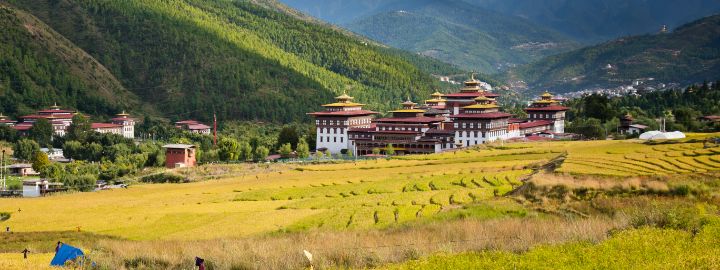 |
| |||
Contact
For more information, please contact the Hand-in-Hand team.


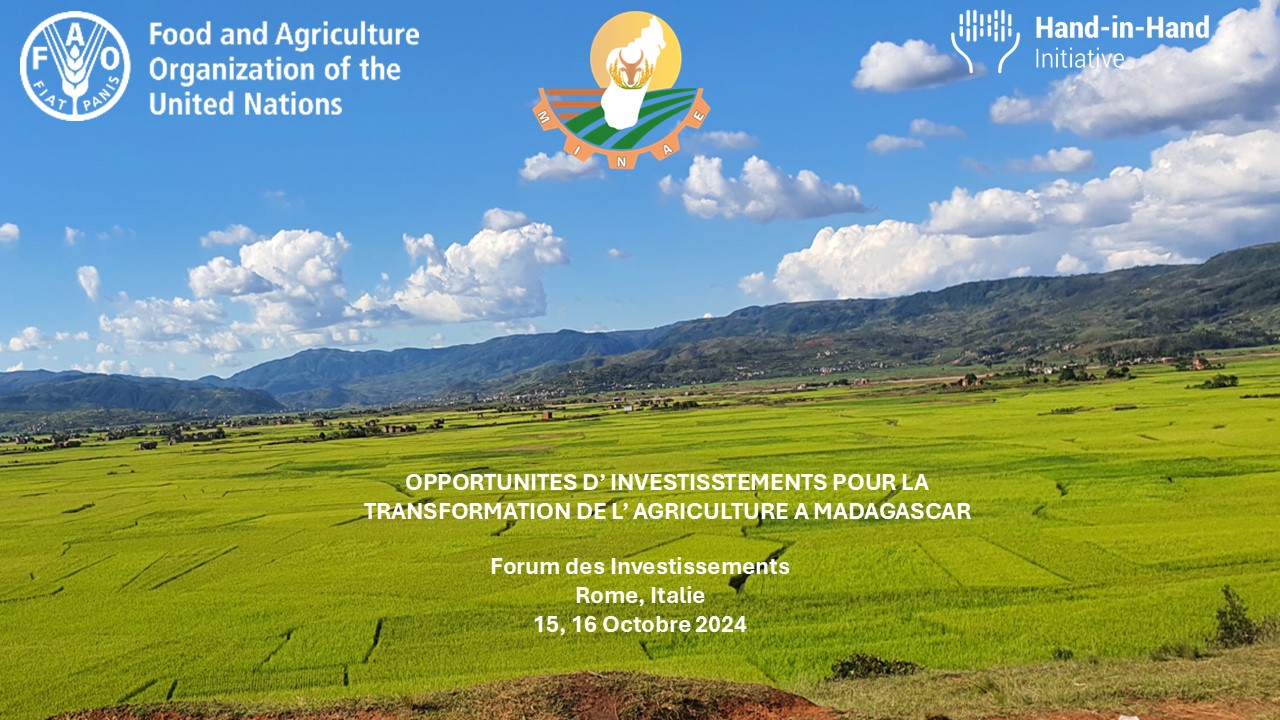
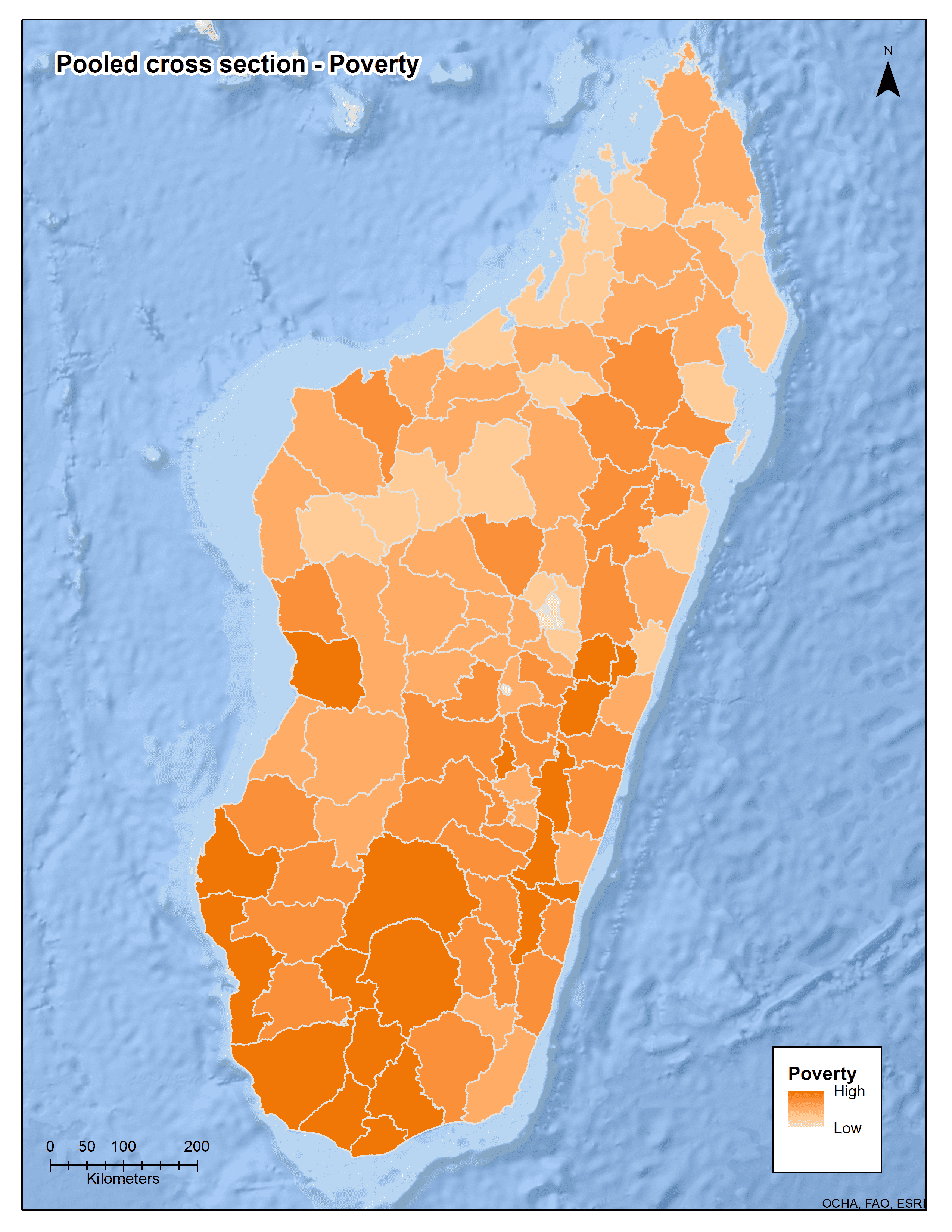

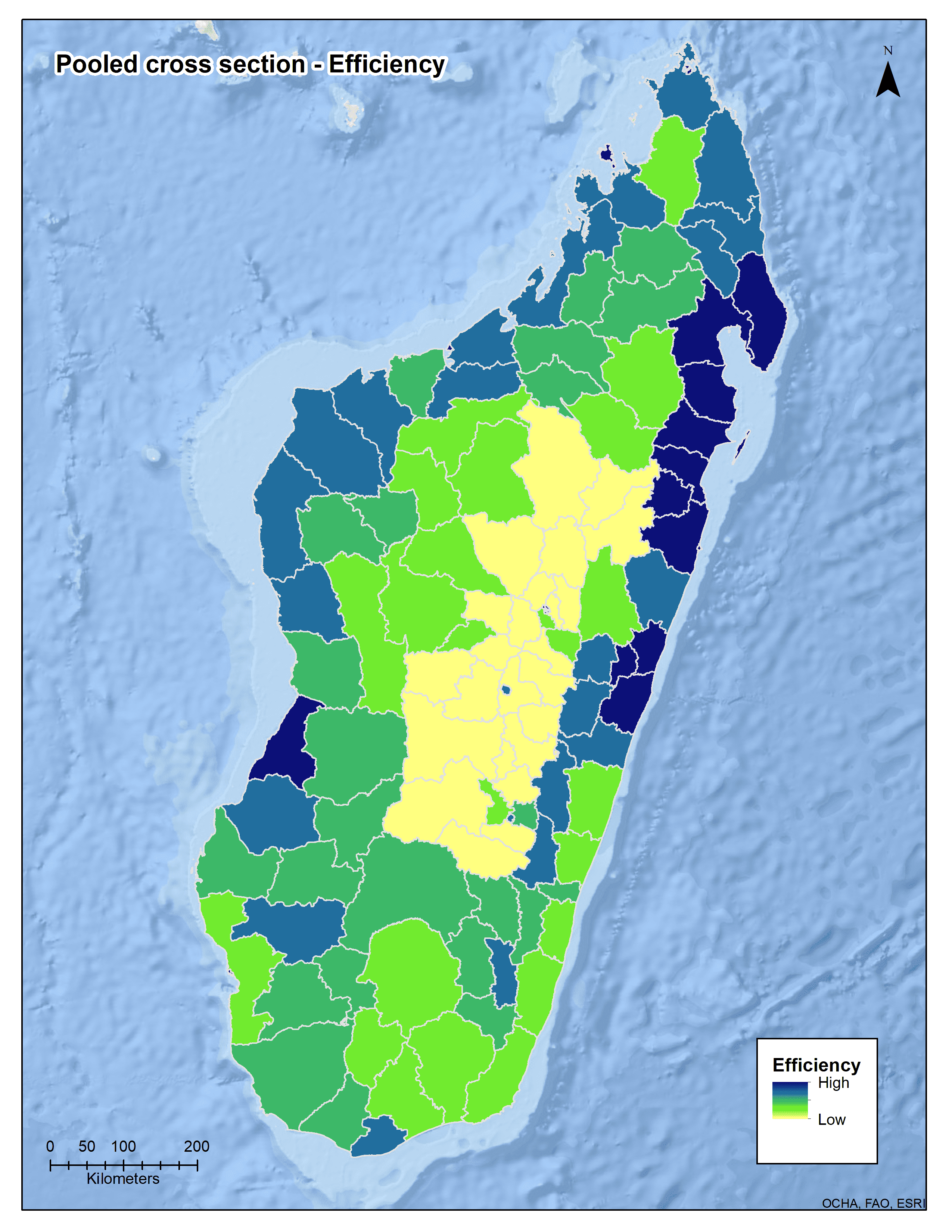

.jpg?sfvrsn=1f4eaba9_1)